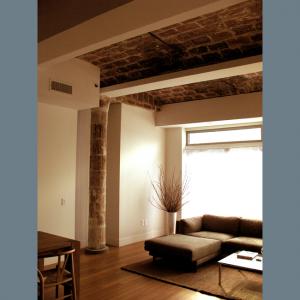
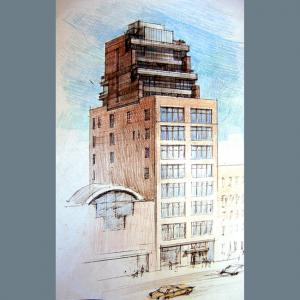
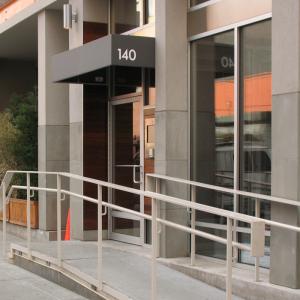
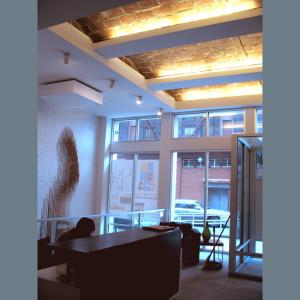
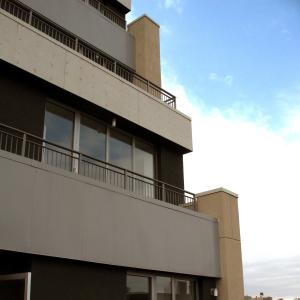
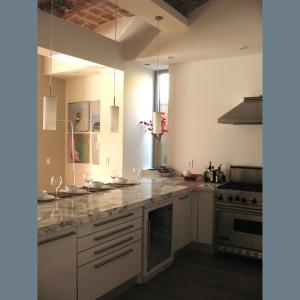
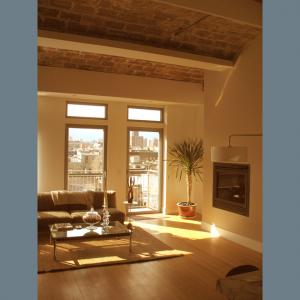

Project Manager/Designer: Eugene Drubestskoy
Visit: http://blessoproperties.com
Originally built in 1906 as a warehouse for the Koch Department Store on 125th Street, the building was once connected to the store by an underground tunnel. The building was also home to a speakeasy, frequented by the renounced jazz acts of Harlem nearby Lenox Lounge. Loft 124 features historic touches such as an exquisite reflecting pool set within a 40-foot void where the original elevator once was. Loft 124's vast industrial interior has been meticulously reconfigured into 21 residences, all featuring fireplaces and direct elevator access. The one-bedroom and two-bedroom units range in size from 960 to 2000 square feet. In addition, Loft 124 has two penthouse apartments and two residences with 25-foor high ceilings. The units at Loft 124 are bathed in light from four directions, and all but three have private balconies.
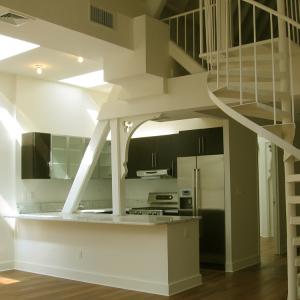
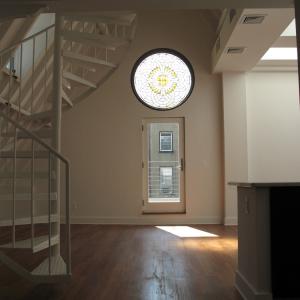
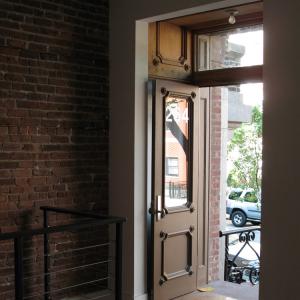
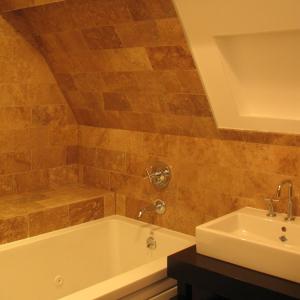
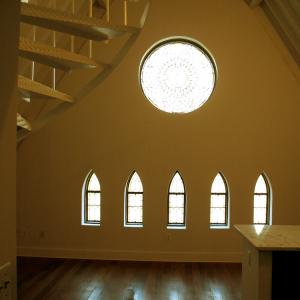
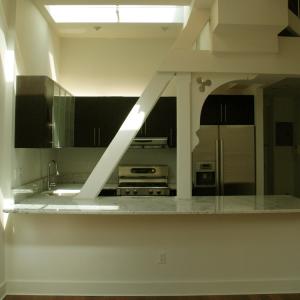
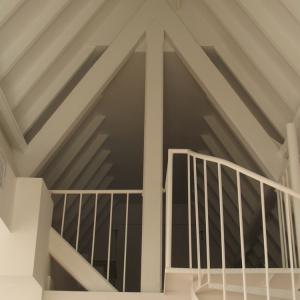
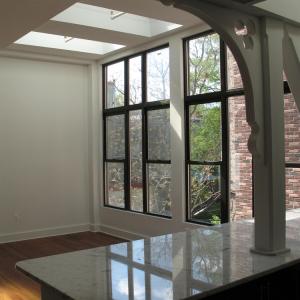
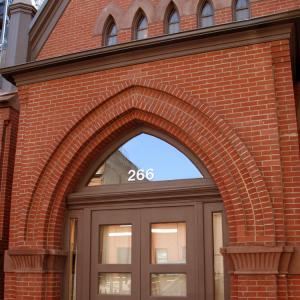
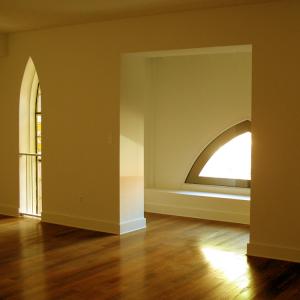

Project Manager/Designer: Eugene Drubestskoy
Visit:
The two attached four-story buildings have been designed to include 13 apartments, and each one utilizes an organic aspect of the church from the beamed ceilings throughout to the arches in the main sanctuary. A rooftop extension was designed to maximize the propertys potential while maintaining a discrete profile from the street. Originally built as Our Lady of Pillar Catholic Church in 1915, the church and attached rectory buildings have housed various churches over the years and were eventually abandoned by the last congregation in 2003. With the advent of a new use and purpose, the condominiums were completed with a refurbished façade that respects and maintains the quality of this landmark. With its new use, the building is being utilized again in a vital and dynamic way and the community is further reinforced. The main design concept was twofold: first, to create the conversion of a spiritual place into modern residences with full respect to their functional utilitarian needs; and second, to preserve the unique aura of the space and its surroundings. Together, these two concepts enable the new use of the old structure to become an organic part of the streetscape. During the course of the alteration, new light frame partitions and walls were introduced without compromising the original basilica structure, which remains the core of the entire building. In the lower floors, the former sanctuary space manifests itself in the form of exposed heavy timber beams. On the upper floors, original gothic roof rafters and braces are fully exposed, which, in combination with the rose stained glass windows, communicate each apartments unique grandeur. An abandoned church has a stultifying affect on its street, as well as the overall fabric of the neighborhood. The adaptive re-use of this building represents a substantial renewal of the community, encouraging future projects to respect existing buildings even when the option to tear down and rebuild exists. Creating a residential sanctuary in a former religious domain has provided a beautiful addition to its immediate area in historic Fort Greene.